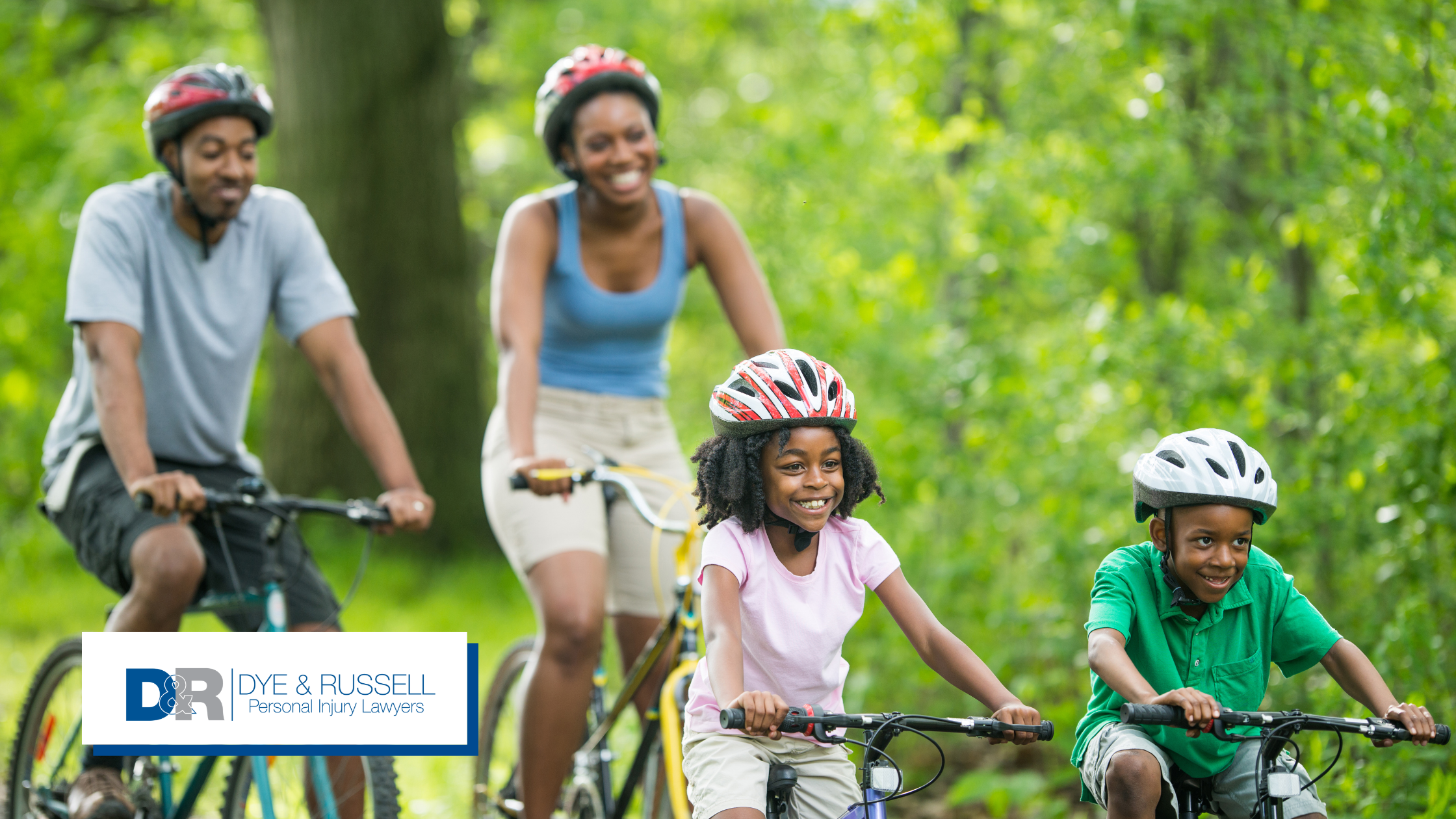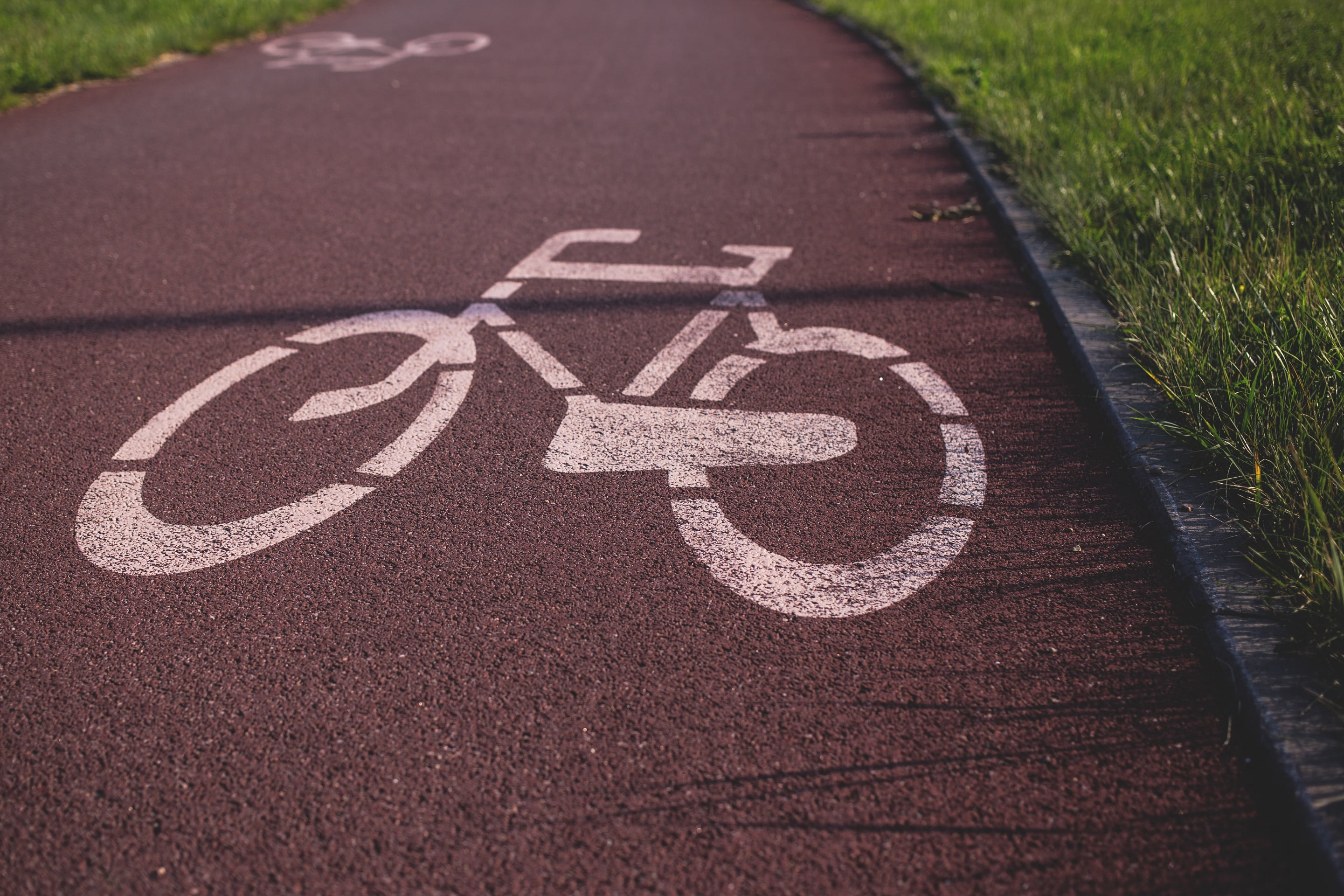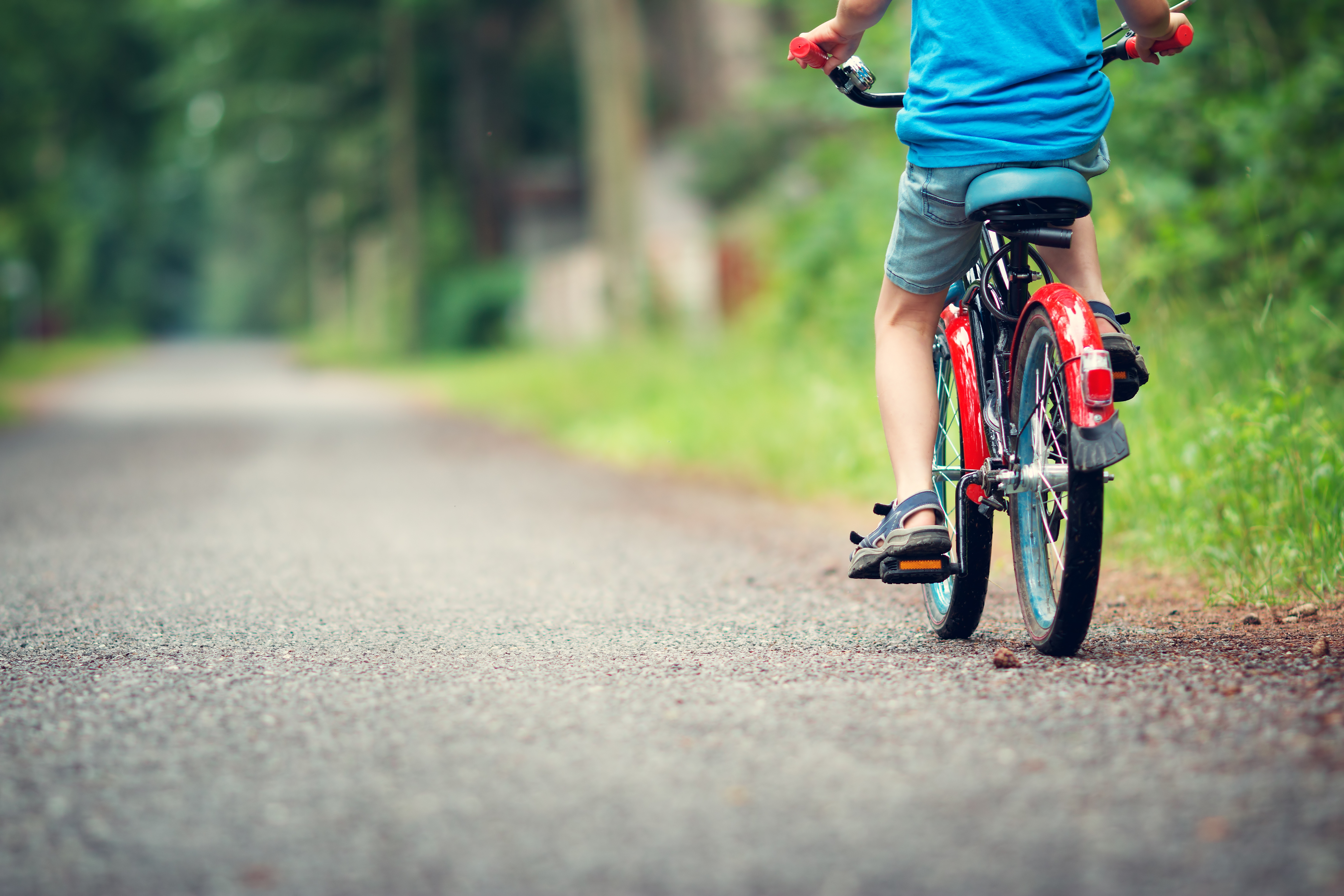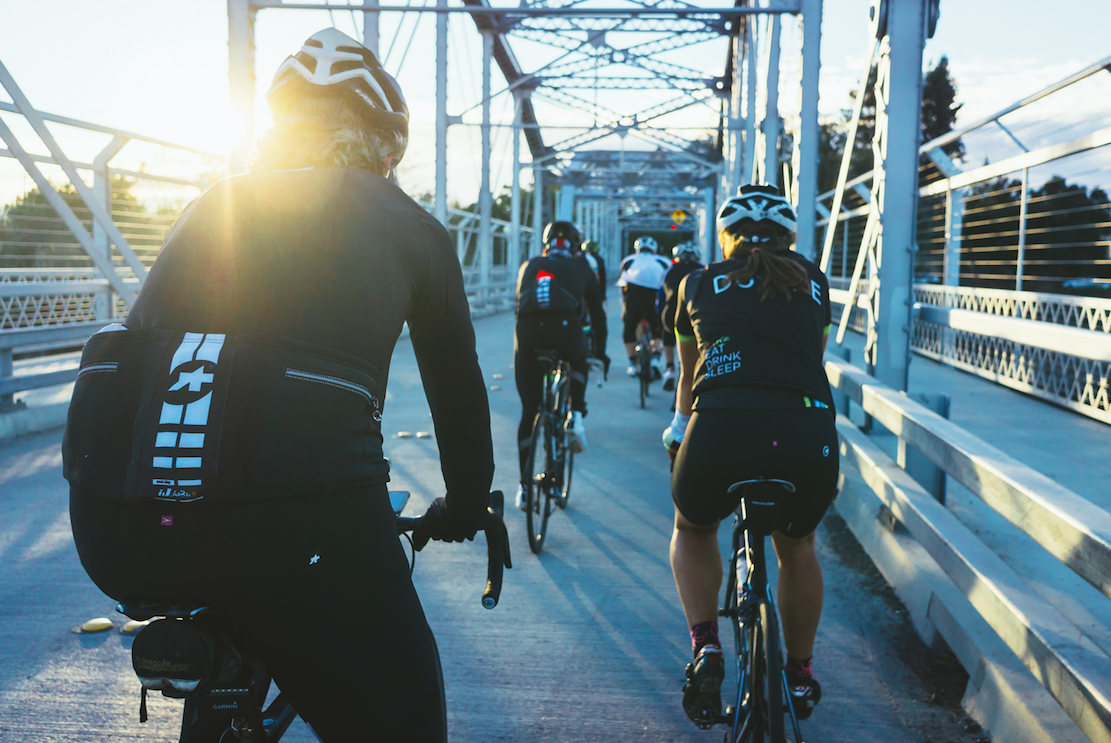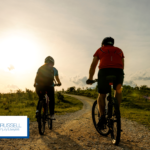One of the more popular past times when the weather starts to get nicer is cycling. Now that Spring has finally sprung, you can expect to see an increase in the number of people spending time outdoors. Cycling is a great way to stay healthy, remain active and can be enjoyed by the whole family.
Among all the benefits cycling has to offer, there are also a number of risks. Here are our tips on how to stay safe as you kick off this cycle season.
Check your bike
Its been a while since your bike has seen the outdoors. Make sure you give it a once over before you take it out for the first ride of the season. Check for things such as tire pressure and whether the tire spokes are secure and undamaged. Do your brakes work? What about the chain, has it rusted? Determine what, if any, issues you have and what your next step is. Can you fix it yourself, or do you need to call a repair shop? If you are unsure, bring it in to a bike shop just in case.
Safety equipment
Hitting the road again after a long winter can be a bit nerve wracking. Taking things slow and following the proper steps to being safe on the road can help prevent injury later. We can argue that a helmet is the most important piece of equipment for a cyclist. It can help prevent against concussions and even brain injury. Other preventative safety measures can include adding reflectors and lights to your bike and wearing bright clothes. Keeping yourself visible is the key.
Hit the Road
At last, the time has finally come. Your bike has been through its version of spring cleaning and you are ready to go. Make sure you check both ways before you cross the street, brush up on your hand signals, and be careful around areas that can become slippery and dangerous when wet (e.g., wood, painted brick).
Even if you and your children are practicing safe cycling, sometimes you can still be injured by others. If you or someone you love has been injured by another party’s negligence while cycling we can help with their recovery journey

